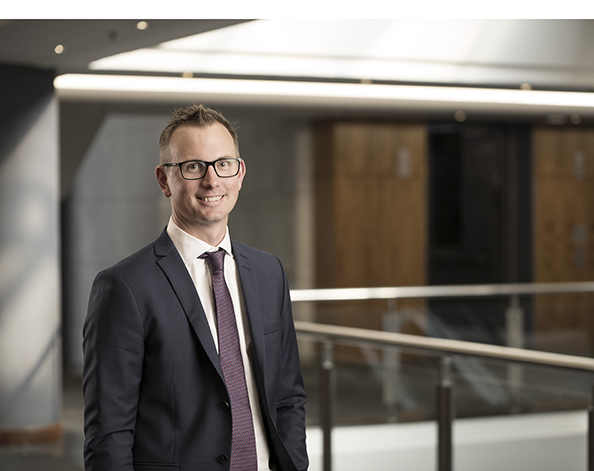The commercial property sector has delivered robust returns to institutional investors over the last 15 years.
“We've realised phenomenal capital growth on the back of strong asset appreciation and rental increases that have kept pace with inflation,” says Darryl Mayers, Joint-CEO of the Investec Property Fund.
“By leveraging time and inflation, this asset class has outperformed just about everything else in the local market over this period,” adds Joint-CEO of the Investec Property Fund, Andrew Wooler.
Developers and investors exploited this bull market to rapidly scale their portfolios, which led to significant residential and commercial development around South Africa's major urban nodes. Among institutional-grade commercial properties, Wooler says retail was a standout performer for fund managers and investors.
However, the fundamentals that fuelled this boom period for the local property market have dissipated and the dynamic has shifted. “Due to a weak macroeconomic climate characterised by low growth and instability, no new businesses are entering the market, which means a lack of new tenants,” adds Wooler.

With easier access via a number of public transport routes, the issue of available parking space in CBD areas has also become less of a headache for tenants.
Worker mobility trends influencing office locations
The rampant development in key business nodes has also resulted in an oversupply of office and retail space. A contraction in consumer spending due to a greater tax burden, below-inflation salary increases and above-inflation escalations in municipal services and electricity has also dampened rental renewals in the retail sector.
Amid this soft market, where rental demand is low and long-term leases are hard to secure, institutional property investors are understandably looking to emerging trends to manage the prevailing risks and realise future returns.
Shifting workplace dynamics influenced by a greater focus on worker health, productivity and employee satisfaction is driving demand for locations with good access to major transport routes.
“Fund managers and investors with a robust and resilient portfolio that includes favourably positioned commercial office and industrial properties will be able to respond to a host of new emerging trends,” continues Mayers.
For example, shifting workplace dynamics influenced by a greater focus on worker health, productivity and employee satisfaction is driving demand for locations with good access to major transport routes and properties that provide suitable co-working spaces to support remote workforces.
“Employees don't want to waste their time in traffic, which is influencing worker mobility trends and the rising demand for decentralised workspaces. Similarly, proximity to commuter nodes around bus rapid transit and Gautrain stations, as examples, has also helped to maintain rental demand within surrounding properties.”

Co-working facilities appeal to an emerging generation of workers who value freedom and flexibility, as well as a growing number of cost-conscious businesses that prefer the on-demand office space model.
The rise of on-demand workspace
Mayers references the exponential growth of global co-working and outsourced office space provider. The co-working trend has already taken root in South Africa with the establishment of co-working offices like FutureSpace.
“Co-working facilities appeal to an emerging generation of workers who value freedom and flexibility, as well as a growing number of cost-conscious businesses that prefer the on-demand office space model.”
CBDs are back in vogue
Wooler adds that an oversupply of space has also prompted a normalisation of rental rates in certain areas, which is driving office migration away from decentralised offices and back into central business districts (CBD).
“For example, some businesses are now paying comparable rentals for A-grade Sandton offices to those charged for B-grade spaces in outlying areas such as Sunninghill, Rivonia, Bryanston and Fourways. And with easier access via a number of public transport routes, the issue of available parking space in CBD areas has also become less of a headache for tenants.”
“How should investors shift their thinking to maintain occupancy? How should property owners pivot their models to benefit from disruptive trends such as co-working, or the impact that e-commerce is having on the demand for decentralised warehousing facilities?”
"Some businesses are now paying comparable rentals for A-grade Sandton offices to those charged for B-grade spaces in outlying areas such as Sunninghill, Rivonia, Bryanston and Fourways."
Inner-city gentrification is another global trend to keep an eye on, recommends Mayers. “Property owners that collaborate to upgrade a precinct and cater to contained environments where people can live, work, shop and socialise all within walking distance will create pockets of excellence and a compelling offering that will increasingly resonate with younger generations,” he concludes.
All of these factors should prompt property fund managers and institutional investors to consider how the future workplace dynamic will affect their investments and how they can respond, suggests Wooler.




